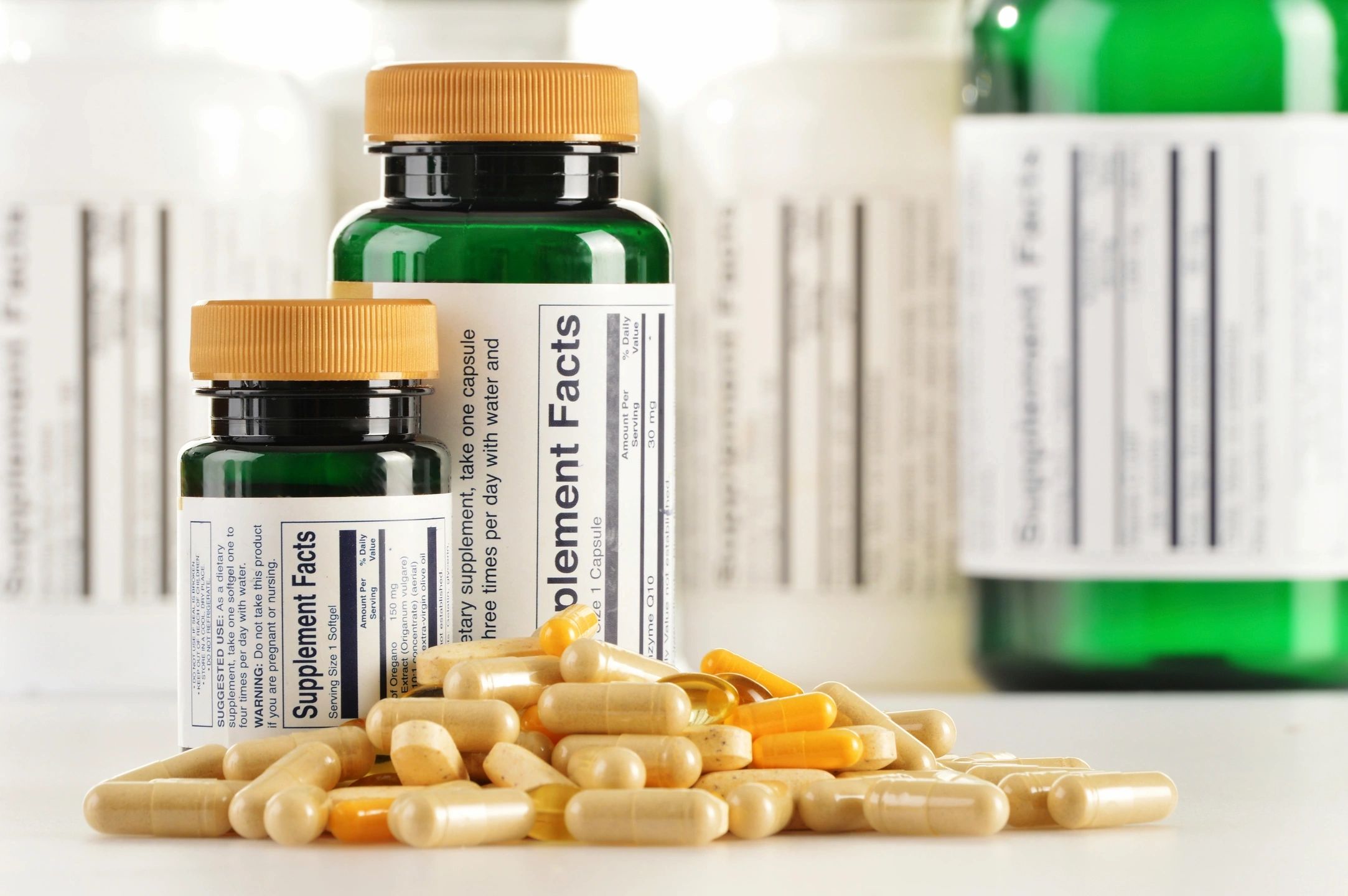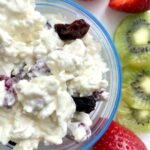|
Getting your Trinity Audio player ready...
|
Like many other life events, wound healing is a process. Although the body does an incredible job of healing these, time does not necessarily heal all wounds. If several weeks have passed and the wound has not healed or healed, it is important that you visit your doctor so that he can tell you what you can do about it. Meanwhile, here I share eight reasons why a wound does not heal.
- Infection. The skin is the body's first line of defense against bacteria. When the skin breaks, bacteria can move from the outside to the inside of the body. If the wound area becomes infected, you will notice persistent redness, swelling, pain, and discolored or foul-smelling fluid.
- Diabetes. El nivel alto de azúcar en sangre puede afectar negativamente la circulación y el sistema inmunológico. Tener niveles altos de glucosa en sangre puede hacer que los vasos sanguíneos se contraigan, reduciendo el movimiento de la sangre a los pies y piernas. También puede dañar los nervios que dan las señales de dolor. Esto provoca más heridas simplemente porque no vas a sentir cuándo algo te está lastimando. Si observas heridas de curación lenta con regularidad, podrían ser un signo de diabetes, especialmente las heridas recurrentes en las piernas y los pies.
- Medicines. Different medications could be responsible for slow wound healing. For example, chemotherapy and radiation medications have chemicals that hinder the immune system, making the healing process more difficult. Also, antibiotics kill good bacteria, which increases the risk of an infected wound. Additionally, anti-inflammatory medications can inhibit the inflammatory stage that the body needs to heal wounds. If you suspect a medication is causing your problem, talk to your doctor.
- Poor circulation. When our body is healing a wound, red blood cells are what transport new cells to the wound. In turn, they help form the foundation for new skin with collagen. If you have poor circulation, blood will move to the wound site more slowly, slowing the healing process. You may have poor circulation due to diabetes, obesity, blood clots, plaque buildup in your arteries, or some other condition.
- Pressure ulcers. Bed sores (pressure ulcers) usually occur when a person is bedridden or immobile in bed or in a wheelchair for long periods of time. They typically form where bones are close to the skin, such as the back, buttocks, ankles, elbows, heels, and hips. The pressure can cause different levels of sores, eventually leading to an open wound and infection if not cared for properly. Minor sores should disappear quickly with regular movements of those pressure points. However, moderate or severe sores will need medical treatment.
- Alcohol consumption. Excessive alcohol consumption significantly increases the likelihood of infected wounds. Excess alcohol decreases white blood cells, which are important for defense against bacteria. That is, it inhibits the immune system and wound healing response. If you drink alcoholic beverages, the recommended daily amount of alcohol is no more than 1 serving for women and no more than two servings for men.
- Venous leg ulcers. These types of ulcers occur when a wound heals slowly. Many times, ulcers occur due to poor circulation in the leg veins. Since the legs need a good push to get blood circulation back to the heart, blood could pool in them. In turn, the pressure can weaken the skin in the area, causing problems with wounds and healing. These ulcers often occur in bony areas such as the ankles.
- Use of isopropyl alcohol or hydrogen peroxide. Using these chemicals to clean a wound can damage tissue and delay healing. Although they can generally kill germs, they also kill skin cells. The best way to clean a minor wound is with cold running water and a mild soap. Rinse the wound for at least five minutes to remove dirt, debris, and bacteria.
- Do not cover wounds. Once you stop the bleeding and clean the wound, you'll need to apply a clean bandage. A covered wound heals more effectively, especially when it is kept moist. This helps keep the cells alive and reduces the chance of scarring. Uncovered wounds dry with air promoting cell death, not healing. Of course, covering a wound also has the advantage of preventing you from accidentally re-injuring the area.
- Nutrition. Nutrition plays an important role in how quickly a wound heals and how effectively the body fights infection. Having a poor diet can turn a normal wound into a chronic wound that may not improve. Below, more details on nutrition and wound healing.
Nutritional Recommendations
Wound healing is a complex process that can be improved by optimizing nutrition. Research suggests that a nutritious diet intended to promote wound healing should include: sufficient calories, hydration, additional protein, vitamin A, vitamin B complex, vitamin C, vitamin E, iron, vitamin K, zinc, copper, calcium, and acids essential fatty acids such as omega-3.
The protein helps repair damaged tissue from wounds. We recommend 20 to 30 grams of protein at each meal and 10 to 15 grams of protein at snacks. It is not advisable to be on diets to reduce weight during the wound healing process.
Stay adequately hydrated. Without adequate hydration, your body's cells cannot make the complete journey across the wound site to repair and rebuild tissue. In cool ambient conditions, tu cuerpo requiere alrededor de 64 onzas de líquido por día. En los días calurosos, o mientras te curas de heridas rebeldes, es posible que debas consumir más líquido para evitar deshidratarte. La mayor parte de la ingesta de líquidos debe provenir de agua y otras bebidas sin azúcar añadidas, pero también puede provenir de fruits and vegetables rich in water.
Carmen M. Pérez Velázquez






